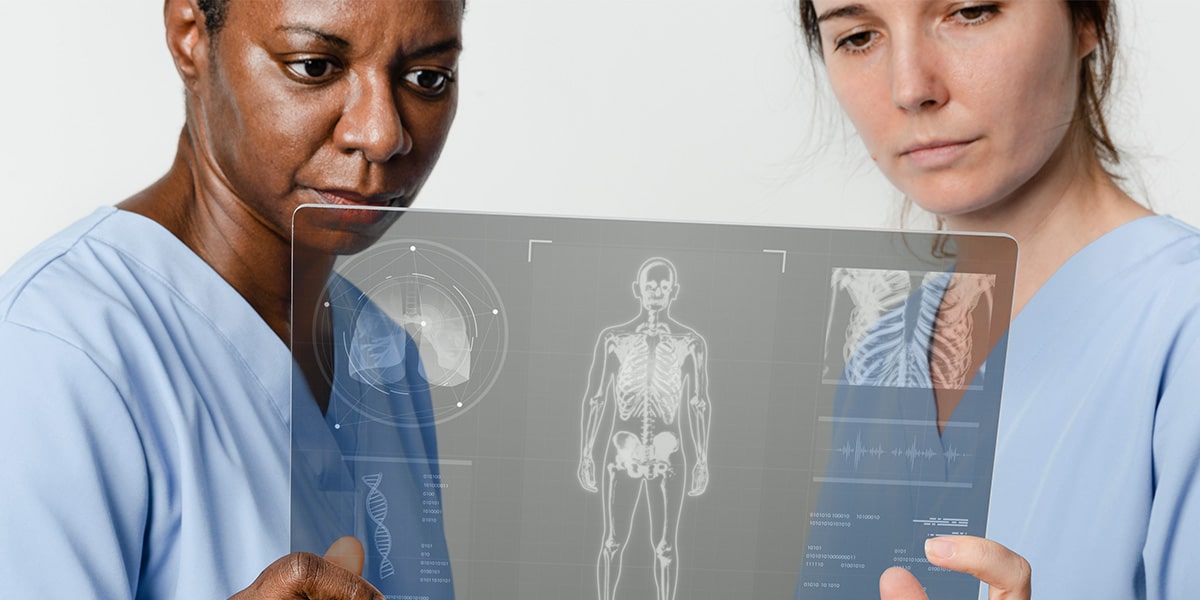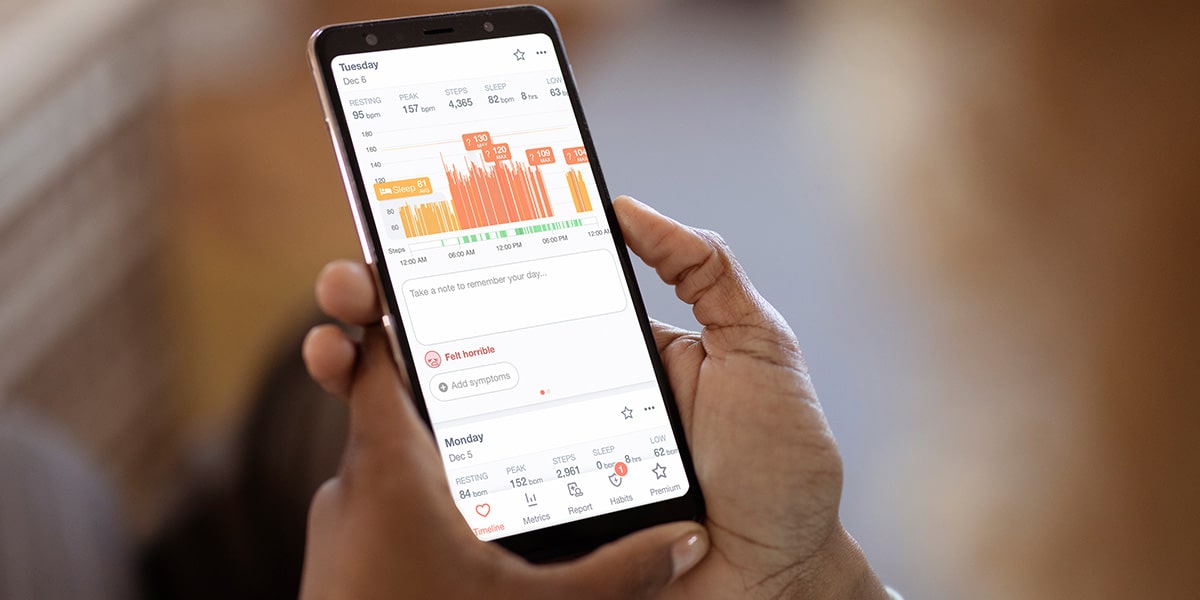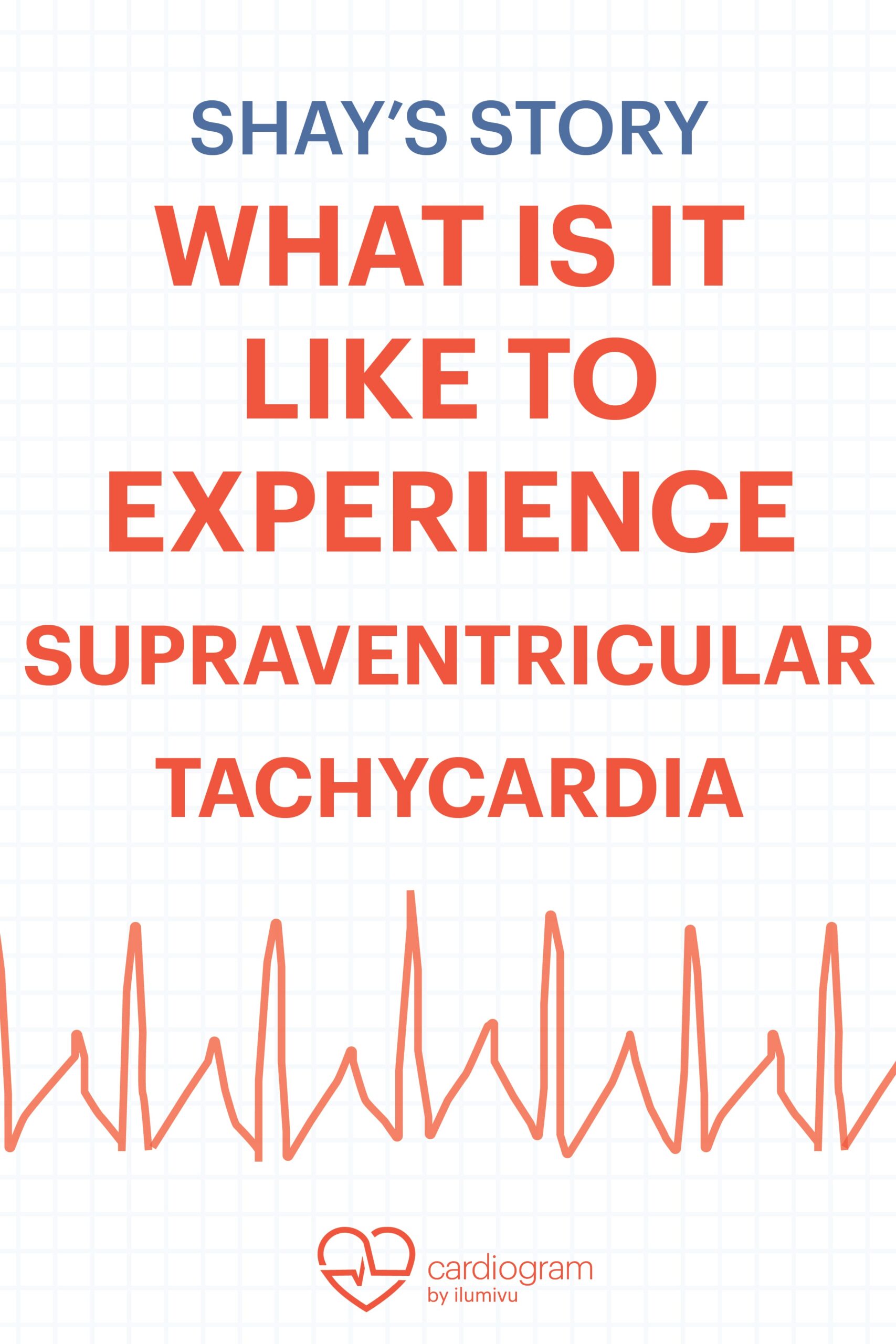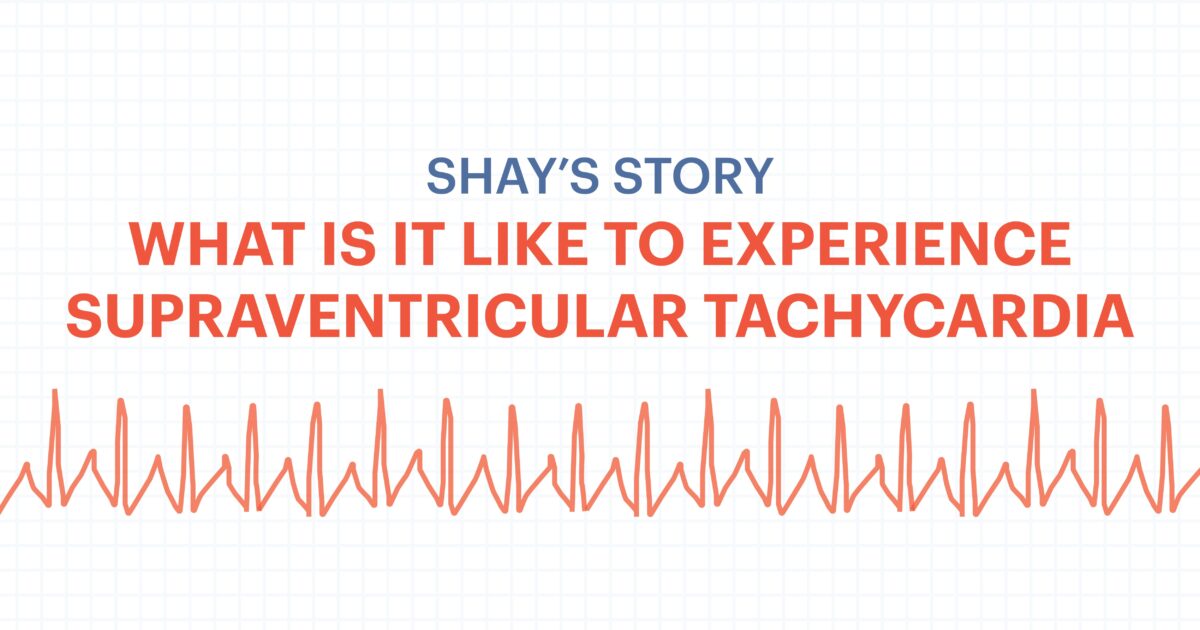SPECIAL GUEST BLOGGER
Hi, Cardiogram Fam! We’d like to introduce a special guest blogger, Shaquana Graves (also known as Shay), a fellow Cardiogram member and cardiovascular technologist, as she shares Part 1 of her journey with SVT.
Supraventricular tachycardia (or SVT) is intermittent, unprovoked rapid heart rate that occurs when there is a disruption of the heart’s electrical system. This disruption causes the heart to produce lots of early beats in the upper chamber, the atrioventricular (AV) node, generating heart rates above a resting rate of 100 beats per minutes, sometimes maxing above 200 beats per minutes.


Have you ever dreamt of sprinting and being jolted out of your sleep, only to realize it was a dream? Well, that’s what SVT can feel like. Which can lead to physiological reactions that are often misdiagnosed as panic attacks. To further explain, SVT for me felt like mini workout sessions. You can imagine it as if frozen in silence as someone sneaks up behind you and yells, “Boo!!!” Your mental and physical response to the “BOO!” is what SVT felt like to me, sometimes lasting for 5 Mississippi minutes. Thankfully, as a distance runner with great endurance, I was able to fight through the episodes.


Most doctors saw a physically fit, athletic, young African American woman with intermittent symptoms and predominantly normal test measures. None of these things supported my fight, even after being on the brink of a heart attack at 29 years old at the start of this rollercoaster. I was known for my compassion and patient care advocacy but now I had to switch gears and advocate for myself. It was not an easy ride but finally, somewhere along the way, I found Cardiogram.
Read Part 2 to learn how I used Cardiogram to help me finally advocate for my own health and have my condition taken seriously...
Shaquana, also known as Shay, is a cardiovascular technologist who is also passionate about fitness and wellness. She generally loves helping people (including helping them reach fitness goals). Shaquana also enjoys healthcare research, exercise physiology, and sports at large.




